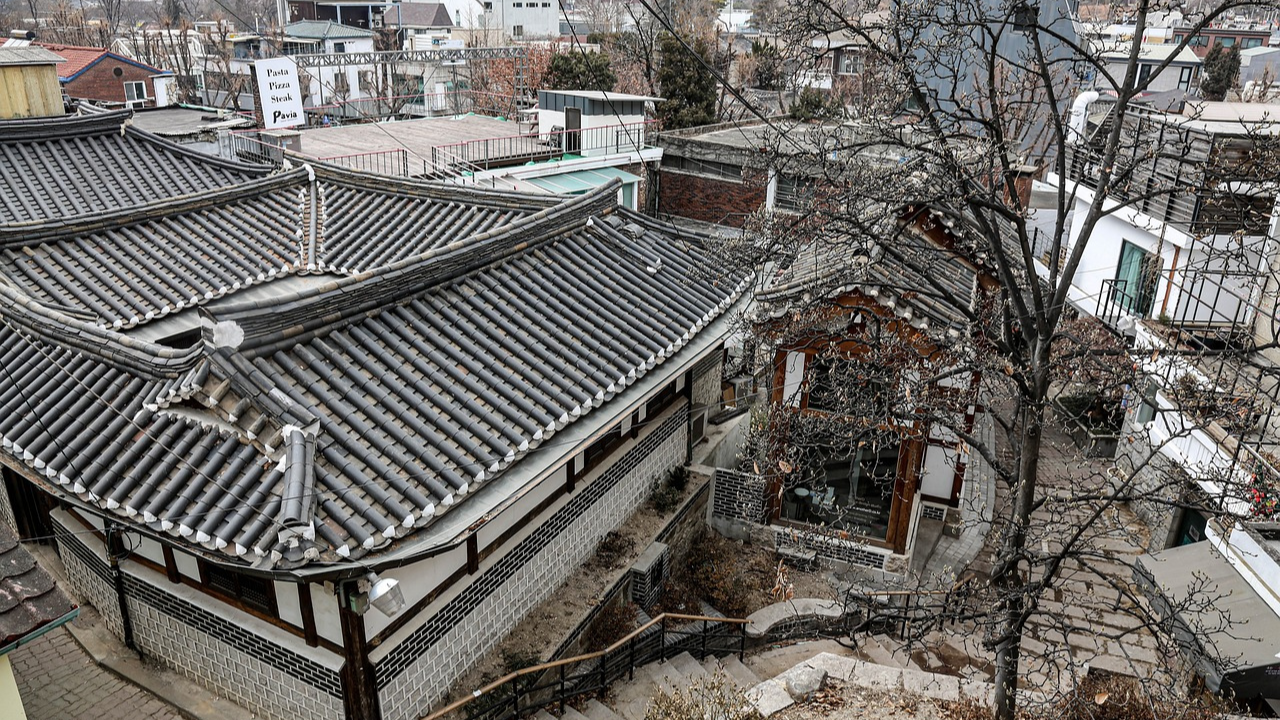
Vocabulary:
I will read the words, meanings, and sample sentences. Then, repeat after me.
- vastly /VAST-lee/
- curtail /ker-TEYL/
- skeptical /SKEP-ti-kuhl/
- proliferation /pruh-lif-uh-REY-shuhn/
- hospitality /hos-pi-TAL-i-tee/
[adverb] – very much
The city has vastly improved its public transportation system over the last decade.
[verb] – to reduce in extent or quantity; to impose a restriction on
The company had to curtail its spending due to budget cuts.
[adjective] – not easily convinced; having doubts or reservations
Many people are skeptical of claims made without scientific evidence.
[noun] – the fact of something increasing a lot and suddenly in number or amount
The proliferation of online courses has changed the way people learn.
[noun] – the category of businesses that provide accommodation and services to guests and travelers
The hospitality industry plays a crucial role in boosting the local economy by attracting tourists and creating jobs.
Article reading:
Please read the whole article. Then, I will check your pronunciation and intonation.
A new curfew policy set for trial in November and expected to launch in March will impose restricted hours in Bukchon Hanok Village, Seoul, to manage the impacts of overtourism. This historic area, with origins in the Joseon Dynasty, is popular for its picturesque hanok houses, characterized by wooden pillars, tiled roofs, and traditional courtyards. Visitors, drawn by media exposure, have surged, reaching approximately 6 million last year—vastly outnumbering the resident population of about 6,100. However, the influx has led to several issues, such as noise, litter, and privacy invasion, with some tourists reportedly attempting to enter private homes. Consequently, Jongno district authorities aim to curtail disturbances by restricting tourist access from 5 p.m. to 10 a.m., with fines of up to 100,000 won ($72) for violations.
Residents remain skeptical about the curfew’s effectiveness, expressing concerns about enforcement and potential exemptions for tourists staying in hanok accommodations. The influx of corporate-operated hanok stays has further intensified residential disruptions, often with tourists holding loud gatherings and generating waste in residential areas. Since 2020, eased restrictions on hanok accommodations have led to a proliferation of these stays, surging from 10 in 2010 to 116 by October 2024. Some hospitality businesses argue that these accommodations emerged due to homeowners’ difficulty in maintaining older properties. Meanwhile, questions persist about implementing fines on non-local tourists and distinguishing between tourists and residents. While some tourists understand the residents’ frustrations, others feel such a policy may create an unfavorable impression of South Korea as a travel destination.
Residents remain skeptical about the curfew’s effectiveness, expressing concerns about enforcement and potential exemptions for tourists staying in hanok accommodations. The influx of corporate-operated hanok stays has further intensified residential disruptions, often with tourists holding loud gatherings and generating waste in residential areas. Since 2020, eased restrictions on hanok accommodations have led to a proliferation of these stays, surging from 10 in 2010 to 116 by October 2024. Some hospitality businesses argue that these accommodations emerged due to homeowners’ difficulty in maintaining older properties. Meanwhile, questions persist about implementing fines on non-local tourists and distinguishing between tourists and residents. While some tourists understand the residents’ frustrations, others feel such a policy may create an unfavorable impression of South Korea as a travel destination.
Discussion Questions:
I will read each question. Then, please answer them.
- Have you ever visited a place that felt overcrowded with tourists? If so, what was your experience like? If not, what do you think it would be like to visit such a place?
- Have you participated in any activities aimed at preserving local culture in your community? If so, what did you do? If not, what do you think could be done to support local culture?
- Do you agree that curfews for tourists can help protect local residents’ peace and privacy?
- What are some potential benefits and drawbacks of imposing a curfew on tourists in historical areas?
- What are some alternative solutions to managing overtourism that could be considered instead of imposing a curfew?
Summarization
Please summarize the whole article using your own words and expressions. You will have one minute to prepare before you answer.
Describe:
Please explain the definition of each word listed below based on your understanding. You can provide example sentences if needed.
- restricted
- influx
- disruption
- overtourism
- accommodation